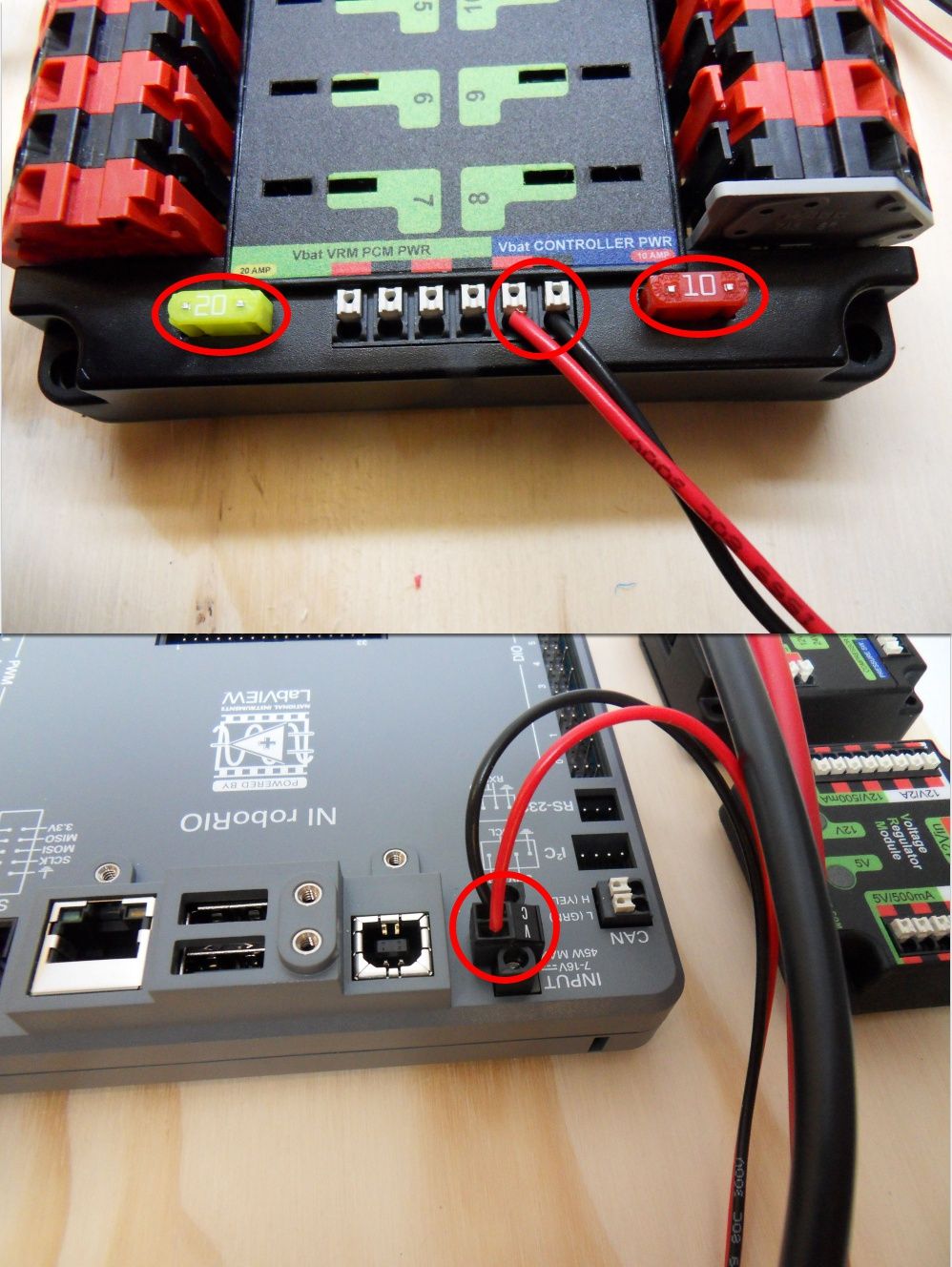
#Vex limit switch roborio software#
We’ve updated all the internals to keep up with the incredible software FIRST Robotics Competition teams are designing, and to set the roboRIO 2.0 to be an asset to teams for years to come.


For roboRIO 2.0, we’ve made the brownout voltage setpoint configurable to let teams adopt different brownout strategies at different points in a match, to adapt to different driving styles, and to adjust for battery conditions. Team feedback indicated interest in the ability to customize the voltage threshold. VEX GO utilizes the VEX IQ plastic construction system and adapts it for. VEX GO is an affordable STEM construction system that taps into childrens natural inquisitiveness. RoboRIO 1.0 used a fixed brownout threshold of 7V – which has worked quite well. VEX 123 is an interactive, programmable robot that takes Computer Science and Computational Thinking off of the screen and brings them into the hands of elementary students. To prevent a voltage-based reboot, the roboRIO implements a brownout feature where non-essential loads such as motors are disabled - allowing the battery voltage to recover and avoid getting the voltage low enough to cause a reboot.
#Vex limit switch roborio code#
If something goes wrong and your new code is crashing, you can swap the SD cards, restart the roboRIO 2.0, and be ready to compete in your match in approximately 23 seconds.Ī FIRST Robotics Competition robot may reboot due to loose connections or when the battery voltage droops to ~4.5V due to high current use. Ideally, teams can keep a “known good” version of code on an SD card and test new code directly on the SD card in the roboRIO 2.0. The goal of adding an SD card slot is to not only provide more memory onboard, but also reduce the number of teams who make a small code change and accidentally corrupt the code onboard the roboRIO. We’ve replaced the USB cable retention screws with a real, actual, functional SD card slot. It is possible to configure hardware using limit switches and Talons, so that the limit switch directly inputs to the Talon, but presented here is a software solution. It is often advantageous to use limit switches to set how far an actuator can go. We’re making a few key improvements to help more teams get to more of their matches. FRC LabVIEW Tutorials - Limit-Switch - RoboRIO Using Limit Switches.

Switches send a signal to the Microcontroller when they are triggered. Our key priority was resolving what we call ‘match-breakers’-anything that forces a team to miss a match, or be bypassed in a match, or have a sad robot sit there for a match. Kit includes a pair of simple limit switch sensors custom built for the VEX Robotics Design System. As part of NI’s renewed commitment to FIRST, we wanted to provide an updated roboRIO that would better meet the needs of teams today while not being a dramatic departure from the roboRIO you all know and love (I hope!). We at NI are excited to follow up REV’s announcement with some further details on what you can expect from the roboRIO 2.0.


 0 kommentar(er)
0 kommentar(er)
